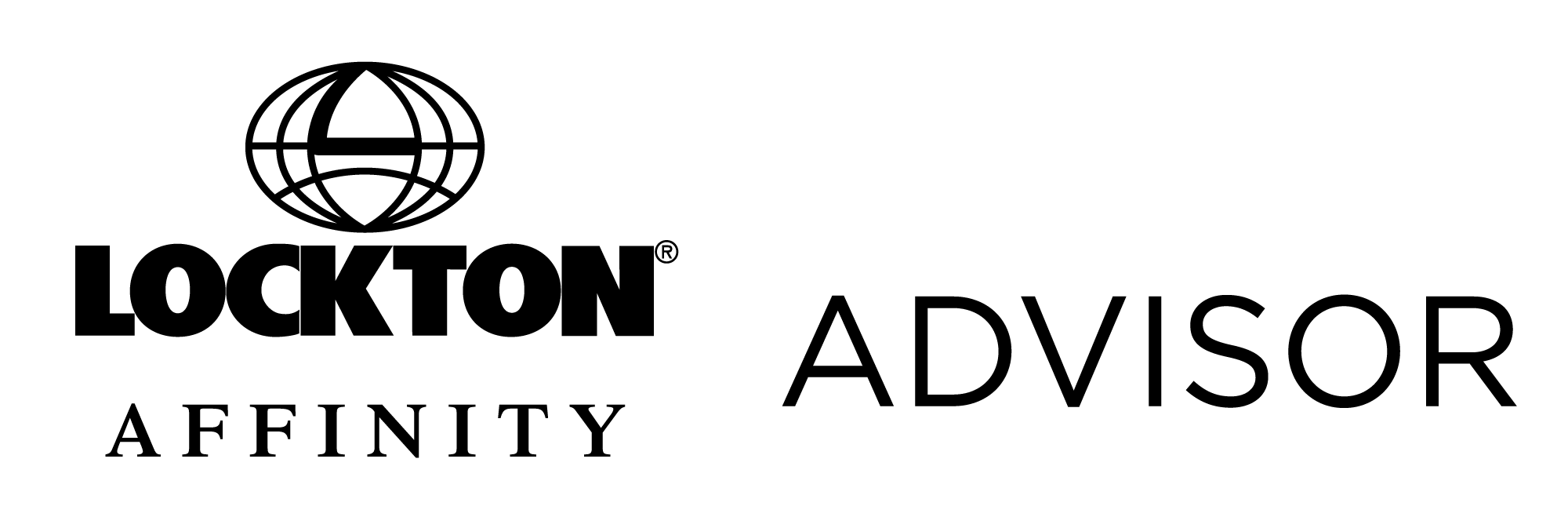Fiduciaries of retirement plans face a number of evolving risks. Most recently, there has been a wave of excessive fee lawsuits against advisors.
Large class-action lawsuits were once rare and targeted at big firms with billions of assets under management. Now, these suits have taken aim at small-firm fiduciaries managing all types of plans.
Even the best plan advisors with well-performing assets face an uphill battle in these sorts of cases. Litigation is extremely complex and costly with the personal assets put at risk by a claim. Settlements have the possibility to amount to millions of dollars.
Protecting against excessive fee lawsuits is a priority. Here’s what to know about the nature of these excessive fee claims, the steps to take to mitigate your risk and how to ensure your professional liability insurance covers you for all of the exposures common to these lawsuits.
How Excessive Fee Lawsuits Against Advisors Are Evolving
Over time, the nature of excessive fee lawsuits against advisors has changed from a problem most plan advisors rarely thought about to a risk you now have to guard against. As a plan fiduciary, you have several duties to ensure that:
- Plan recordkeeping and investment management fees are reasonable.
- Plan investments perform well.
In excessive fee claims, plan participants allege that plan fiduciaries failed on both points and breached their fiduciary duty. Specific allegations have included:
- Plans overpaid for recordkeeper and investment manager services.
- Recordkeeping fees are bloated by “revenue sharing,” such as unrelated advisor costs for marketing paid to a recordkeeper.
- Higher fees deprived plan participants of better returns.
- Plan investments, particularly in the case of actively managed funds, were not monitored properly and underperformed benchmarks, such as institutional class index mutual funds (which may not be comparable to a given plan).
The first cases of these lawsuits emerged around 2006, targeting 401(k) plans with tens of thousands of participants and billions of dollars in plan assets. The trend accelerated again after the 2008 recession. With the losses sustained in 2020, it is probable another round of suits may be filed. Recent suits have targeted:
- 403(b) plans, multiple employer plans, defined benefit pension plans and even ERISA-exempt plans.
- Plan sponsors including publicly traded companies, privately held companies, universities, nonprofit organizations, financial institutions and healthcare systems.
- Plans of all sizes including those with fewer than 1,000 participants and less than $100 million in assets.
Claims are thought to be more common now because law firms not previously specializing in ERISA litigation are able to model “cookie cutter” suits based on the successes of more experienced firms. If a claim can survive a motion to dismiss, costs soar exponentially to defend yourself. This leads many to settle, even if you’ve done nothing wrong.
What Factors Increase Your Risk of a Claim
Unfortunately, even diligent plan advisors can be targeted. Suits have been filed against firms that made no errors, charged reasonable fees and managed assets without any losses.
However, some factors may increase your risk of being targeted by one of these claims, such as:
- Accepting a recordkeeper’s quote rates without negotiation
- Failing to revalidate fees with scheduled requests for proposals
- Paying recordkeeping fees as a percentage of assets under management
- Failing to switch to fixed per-participant fee rates as plan assets grow
- Failing to use the least expensive mutual fund share class available as investment options
- Failing to use separate accounts or collective investment trusts
- Offering too few or too many investment options
- Offering investment options that are too risky or too conservative
- Failing to offer more index funds
- Offering life cycle or target-date funds affiliated with the plan’s recordkeeper
- Offering investment options that underperform net of expense relative to a benchmark
Note that fiduciaries may have good reasons to support these decisions and that here they are only examples of the arguments made by fee suit claims.
What Steps to Take to Minimize Your Exposure
Plan fiduciaries must act with care regarding the plan and its participants. Some specific steps that may help mitigate your exposure to fee suits include establishing, following and documenting your process for:
- Retaining recordkeepers and determining fees, including soliciting RFP bids, benchmarking fees, negotiating fees and limits on revenue sharing.
- Selecting and reviewing plan investments and expenses, including selecting appropriate performance benchmarks, following a process for replacing underperforming assets, considering less expensive investment vehicles and share classes, and maintaining a diverse portfolio of plan options, including index funds.
Also be sure to retain qualified independent experts to assist with fiduciary decisions and document the process and rationale behind your fiduciary decisions.
How to Protect Your Personal Assets from a Claim
Because excessive fee lawsuits against advisors claim breach of fiduciary duty, it is important to understand the risk these suits may place on your personal assets under ERISA Section 409.
Now is a good time to make sure your insurance covers you in the case of a fee suit.
Often, employee benefits liability coverage designed to cover clerical errors will not protect you from an excessive fee claim involving allegations of breach of fiduciary duty. Even some professional liability policies for plan advisors may leave you with exposures to the risks outlined here, because they lack the experience to defend against and the means to settle an excessive fee claim.
To protect yourself and your future, ensure your insurance carrier offers you experience, industry expertise, strong financials and a commitment to protecting retirement plan advisors like you.
Lockton Affinity Advisor offers coverage with individual limits, not shared aggregate limits like others, meaning you always have access to your full policy limits. We have decades of experience specializing in insurance solutions for the financial services industry to better protect you. Plus, Lockton Affinity Advisor coverage meets ERISA standards, including services as an ERISA 3(21) and 3(38) advisor, for your added protection and peace of mind.

